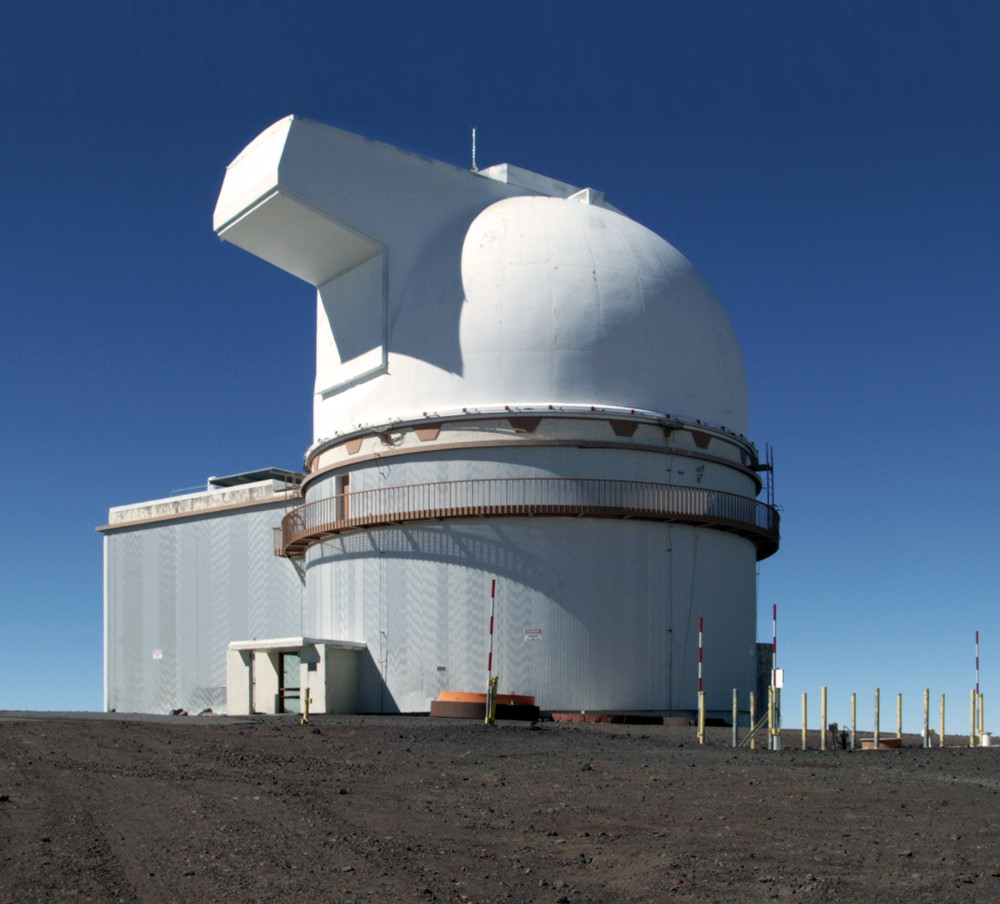

The inner core began to slow down around 2010, moving slower than the Earth’s surface. Credit: University of Southern California
University of Southern California scientists have proven that Earth’s inner core is receding—slowing down—relative to the planet’s surface, as shown in a new study published in Nature.
The motion of the inner core has been debated by the scientific community for two decades, with some research showing that the inner core rotates faster than the planet’s surface. The new USC study provides clear evidence that the inner core began to slow down around 2010, moving more slowly than Earth’s surface.
“When I first saw the seismograms that hinted at this change, I was shocked,” said John Vidale, Dean’s Professor of Earth Sciences in the USC Dornsife College of Letters, Arts and Sciences. “But when we found two dozen other observations signaling the same pattern, the result was inescapable. The inner core had slowed for the first time in decades. Other scientists have recently argued for similar and different patterns, but Our latest study provides more compelling resolutions.”
Relativity of retrogression and deceleration
The inner core is considered to be moving backwards and forwards relative to the planet’s surface due to moving slightly slower instead of faster than the Earth’s mantle for the first time in about 40 years. Relative to its speed in previous decades, the inner core is slowing down.
The inner core is a solid iron-nickel sphere surrounded by the liquid iron-nickel outer core. About the size of the moon, the inner core sits more than 3,000 miles below our feet and presents a challenge for researchers: it can’t be visited or seen. Scientists must use seismic waves from earthquakes to create representations of the movement of the inner core.

Seismic ray paths and event locations. a, PKIKP and PKP ray paths from the SSI source region in the two groups (ILAR and YKA). The IC region sampled with a representative 1.5 Hz Fresnel zone is marked with dashed circles centered on the PKIKP puncture points in the ICB. Inset, ray paths of PKP (PKP(AB) and PKP(BC)), PKiKP(CD) and PKIKP(DF). b, Map of the SSI region with source locations colored by focal depth. Credit: Nature (2024). DOI: 10.1038/s41586-024-07536-4
A new attitude for an iterative approach
Vidale and Wei Wang of the Chinese Academy of Sciences used repeated waveforms and earthquakes to contrast with other research. Repeated earthquakes are seismic events that occur in the same location to produce identical seismograms.
In this study, researchers compiled and analyzed seismic data recorded around the South Sandwich Islands from 121 repeated earthquakes that occurred between 1991 and 2023. They also used data from twin Soviet nuclear tests between 1971 and 1974, as well as repeated French and American. nuclear tests from other studies of the inner core.
Vidale said the rate at which the inner core is decelerating was caused by the outflow of the liquid iron outer core that surrounds it, which generates Earth’s magnetic field, as well as gravitational pulls from dense regions of the rocky mantle.
Impact on the Earth’s surface
The implications of this change in the motion of the inner core for the Earth’s surface can only be speculated. Vidale said that the recoil of the inner core can change the length of a day by fractions of a second: “It’s very hard to notice, on the order of a thousandth of a second, almost lost in the noise of the churning oceans and atmosphere. “
Future research by USC scientists aims to describe the trajectory of the inner core in even greater detail to find out exactly why it is shifting.
“The dance of the inner core may be even more vibrant than we know so far,” Vidale said.
More information:
Wei Wang et al, Inversion of the inner core by seismic waveform variation, Nature (2024). DOI: 10.1038/s41586-024-07536-4
Provided by University of Southern California
citation: Study confirms rotation of Earth’s inner core has slowed (2024, June 12) retrieved June 13, 2024 from https://phys.org/news/2024-06-rotation-earth-core.html
This document is subject to copyright. Except for any fair agreement for study or private research purposes, no part may be reproduced without written permission. The content is provided for informational purposes only.
#study #confirms #rotation #Earths #core #slowed
Image Source : phys.org



